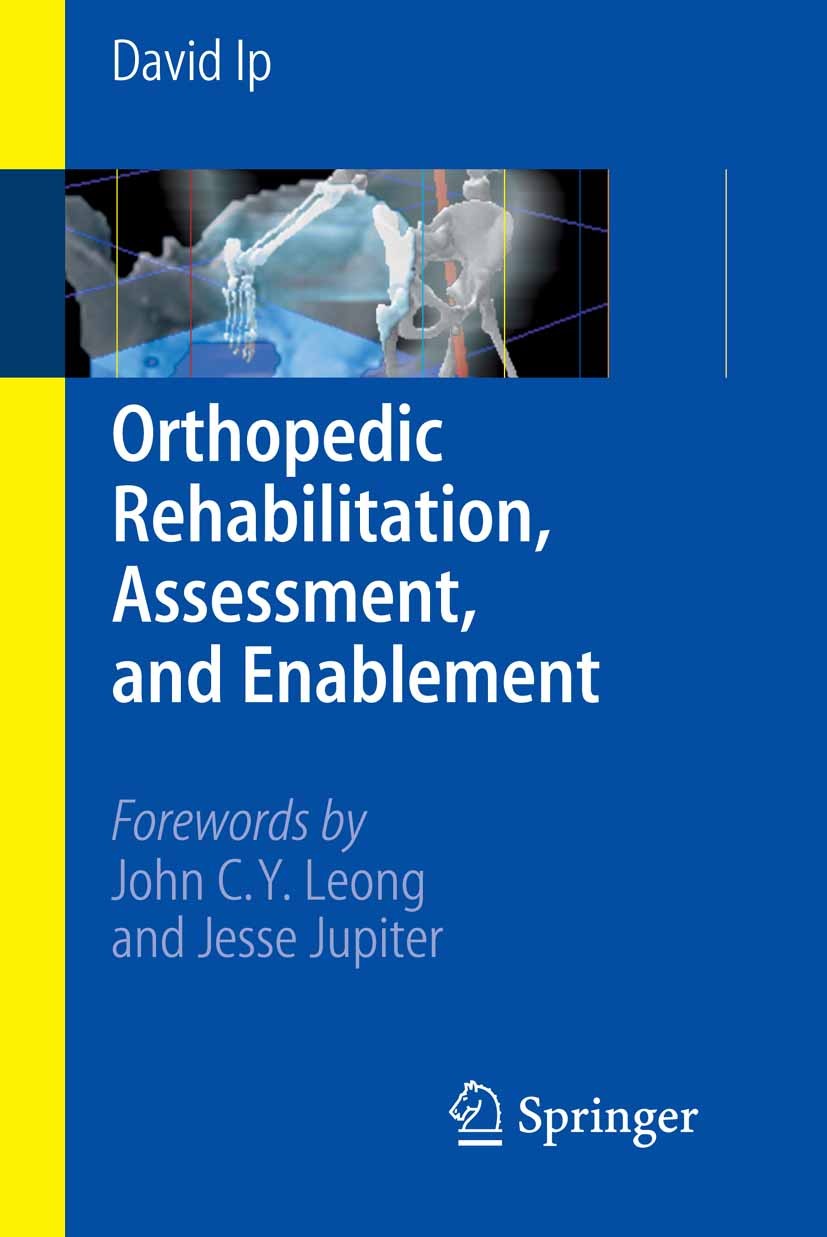Investigating the Impact of Manual Treatment Methods on Alleviating Musculoskeletal Pain and Enhancing Patient Results
Investigating the Impact of Manual Treatment Methods on Alleviating Musculoskeletal Pain and Enhancing Patient Results
Blog Article
Hands-on therapy techniques are hands-on approaches used by healthcare professionals to address musculoskeletal pain. Such techniques include different forms of manipulation and movement of the body’s muscles and articulations. The goal of hands-on treatment is to alleviate pain, improve mobility, and enhance overall performance. Many individuals experience muscle and joint pain due to injuries, poor posture, or disorders like arthritis. By applying manual treatment, practitioners aim to tackle these issues and help clients regain their standard of living.
One frequent hands-on treatment technique is spinal adjustment. This technique involves using precise pressure to the vertebral column to enhance positioning and decrease discomfort. Studies has demonstrated that vertebral manipulation can be beneficial in managing lumbar spinal discomfort and cervical discomfort. Another method is gentle connective tissue manipulation, which concentrates on reducing tightness in the muscle tissue and soft structures. This can help alleviate rigidity and enhance range of motion, making it easier for patients to navigate without pain. Both methods can be customized to satisfy the individual requirements of each client, ensuring a personalized approach to care.
In furthermore to discomfort alleviation, manual treatment can improve client outcomes in various ways. For instance, it can improve circulation, which helps deliver nutrients and essential elements to the injured regions of the system. Improved circulation can also promote healing and reduce inflammation. Additionally, hands-on treatment can help clients develop better body awareness, which is crucial for avoiding subsequent injuries. By comprehending how their physiques function, clients can make more informed decisions about their movements and alignment, leading to long-term benefits.
The effectiveness of hands-on treatment is often backed by patient feedback. Many patients indicate notable improvements in their discomfort intensity and overall performance after undergoing treatment. This positive response can lead to greater drive for clients to engage in physical activity and recovery programs. When clients feel better, they are more likely to participate in their rehabilitation journey, which can further enhance their outcomes. This cooperative method between the provider and the patient is crucial for achieving enduring outcomes.
In conclusion, hands-on treatment methods play a vital role in alleviating muscle and joint discomfort and enhancing patient outcomes. By applying techniques such as spinal manipulation and gentle connective tissue mobilization, healthcare providers can help clients regain mobility and alleviate pain. The benefits of manual treatment go beyond immediate discomfort alleviation, as it also promotes healing and encourages patients to take an active role in their rehabilitation. As an increasing number of individuals look for effective therapies for muscle and joint issues, manual treatment remains to pain management for headaches be an important choice in the realm of healthcare.
